Students Encouraged to Avoid Public Transportation, But How Will They Get to School?
Last week, the administration announced that Upper School students will be participating in remote learning this fall but will still have the opportunity to visit campus once a cycle. But the new plan still leaves the question: how will students get to school? Although students are discouraged from using public transportation due to the health risks it poses, many students and faculty rely on public transportation to get to and from school.
“As someone who depends on taking public transportation to and from school, without that option, even on optional on-campus days, I would definitely consider remaining solely remote,” said sophomore Mariana Diaz. “Especially now that we have such limited opportunities to be at school, I would like to see familiar faces and go back to something that feels somewhat normal, but paying for an Uber to get there every day isn’t worth it.” Mariana is not alone in this situation. According to an ongoing survey of Upper School students, about 80% of students have expressed interest in coming to all or most of the grade level cohort opportunities, but not all are able to do so in the absence of public transportation.
However, the school has no intention of prohibiting students who use public transportation from entering the building. “As a CTA rider myself, I do not think the school should, or is in the position to, prevent students or adults from taking public transit,” Upper School Director Kirk Greer explained. “That unfairly stigmatizes and singles out particular members of our community for behavior that does not violate any of the city or state’s public health guidance.” Often, what many neglect to acknowledge is that students’ and faculty’s ability to walk, drive themselves, or have someone escort them to school is a luxury.
“Personally, living near campus makes coming to the optional days much easier for me, and I think having multiple options for how I get to school besides CTA is a benefit that most don’t have,” junior Gavin Snyder said. For those without such choices, it is not as simple as replacing a ride from a parent or nanny with an Uber, Lyft, taxi or otherwise. Senior Charles Mitchell added, “As of right now, my mother has switched around her work schedule just so it would be possible for her to drop me and my younger brother off at school and pick us up when needed. I can’t say the same for others.” Considering the uncertainty of the coming year, any brief physical gatherings are sure to be sporadic. The unfortunate reality is that if taking CTA is discouraged, a notable percentage of the student body will miss out on their chances to interact with others on a personal basis.
Though visiting the school this fall will be an option, many students for whom public transportation is their only way to school feel that this is a question of equity that the school has a responsibility to address. Mariana said, “I understand the school wants what is best for its larger student body. But for some students, especially BIPOCs and low-income students, their only option is taking public transportation, and therefore I don’t think it should really be up to them.”
Charles echoed her sentiments, saying, “We are a school that has students from more than 70 Chicago neighborhoods and suburbs, and some students have no other choice but to take public transportation. Telling students not to take CTA is telling a portion of the student body not to come to school.” Even those who are able to attend school without public transportation agree. “If the school is going to have these days to supplement learning, they cannot bar people from coming the only way they can,” Gavin noted.
Thankfully, the administration is aware of the problem and working to address it. Mr. Greer shared, “In this week’s student survey, we included a question about the mode of transit that our students take so this month we can research ways to support students who would have to take public transit, wish to come to the optional grade level cohort days on campus, but have concerns about using public transit to do so. Our goal is to provide safe and equitable access to campus.” Meanwhile, the school is hopeful that following CDC guidelines will still help curtail the spread of coronavirus on campus. “When grade level cohorts visit campus, we will follow strict safety protocols— masking, social distancing, hand hygiene— that will prevent spread,” Greer said.
Especially in the early months, a shared mindfulness of the school’s unique circumstances will be essential. Everyone will be learning as they go, the administration included, which makes for a particularly precarious first semester. Public transit, and its potential effects on the new environment, is only one facet of unpredictability that the community will face in the coming weeks. Most importantly, the school recognizes that both safe and equal opportunities to participate in on-campus events are of great value as the academic year nears, and this acknowledgement will continue to inform future decisions. “While families should certainly assess how risky using public transit is for their own members, that is not Latin’s judgment to make,” Greer concluded.

McKenna Fellows (‘22) is a senior at Latin, and is elated to serve as one of this year’s Editors-in-Chief. She is an avid reader and writer, and in...


















































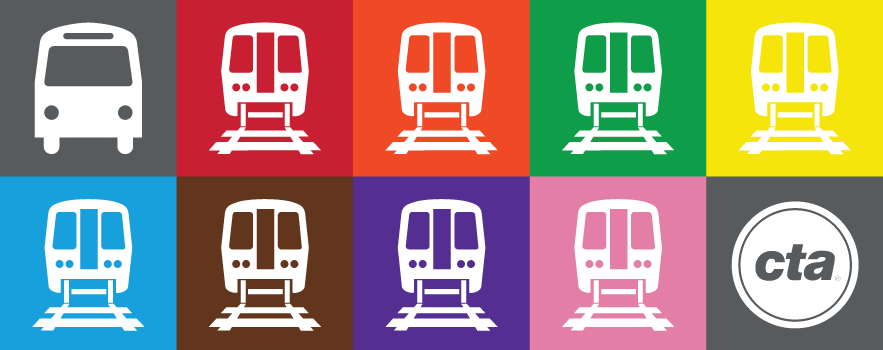
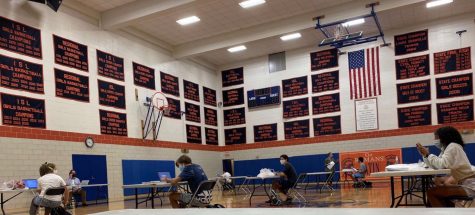

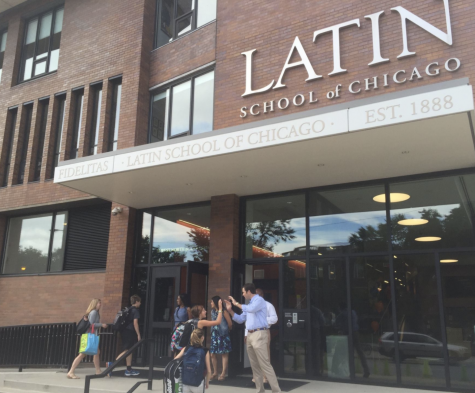
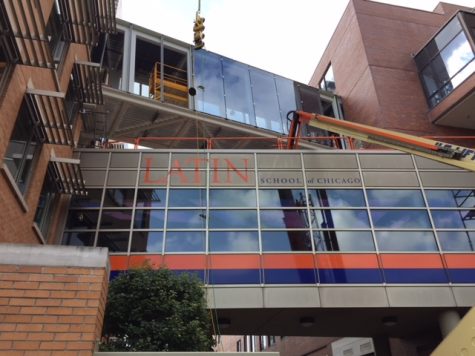
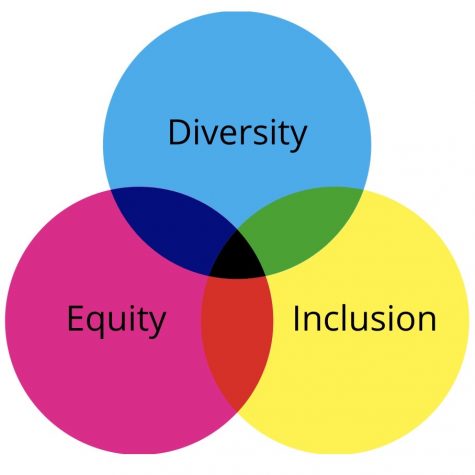

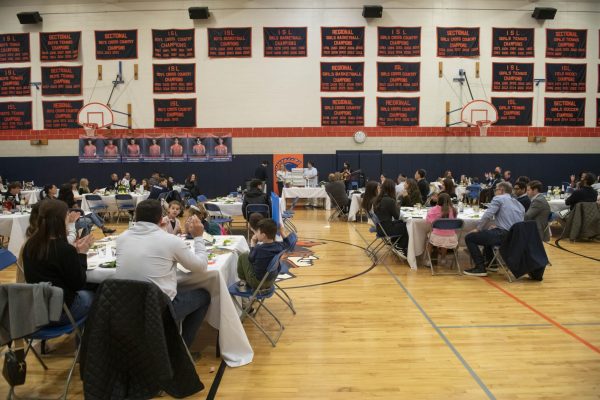
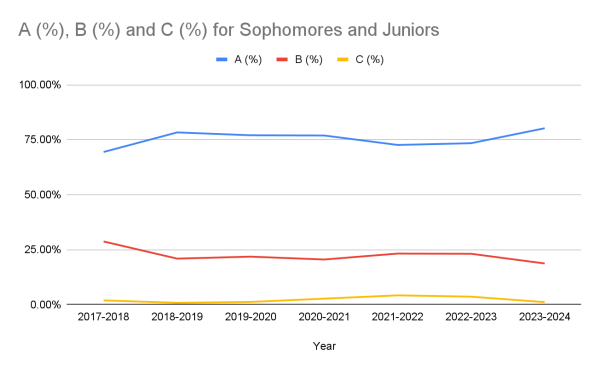
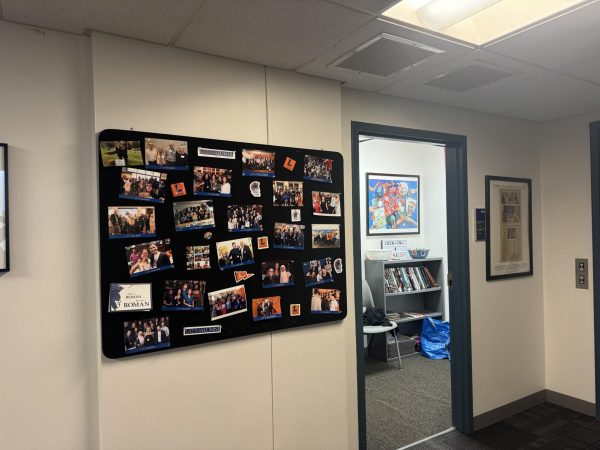


Robert Igbokwe • Aug 20, 2020 at 8:50 am
Wonderful piece, McKenna! As someone who would need to take public transport to get to school and lives with immunocompromised relatives, this issue has definitely been on my mind. I worry that I may not be able to participate in as many activities as my peers because of it. This is a very complicated situation for everyone, and I hope the school and families are able to adapt to these developing problems.